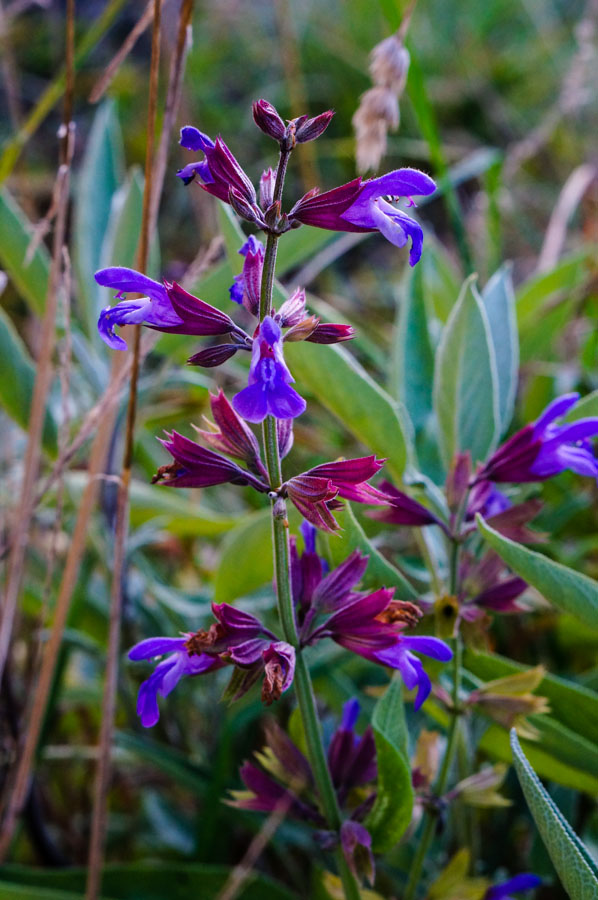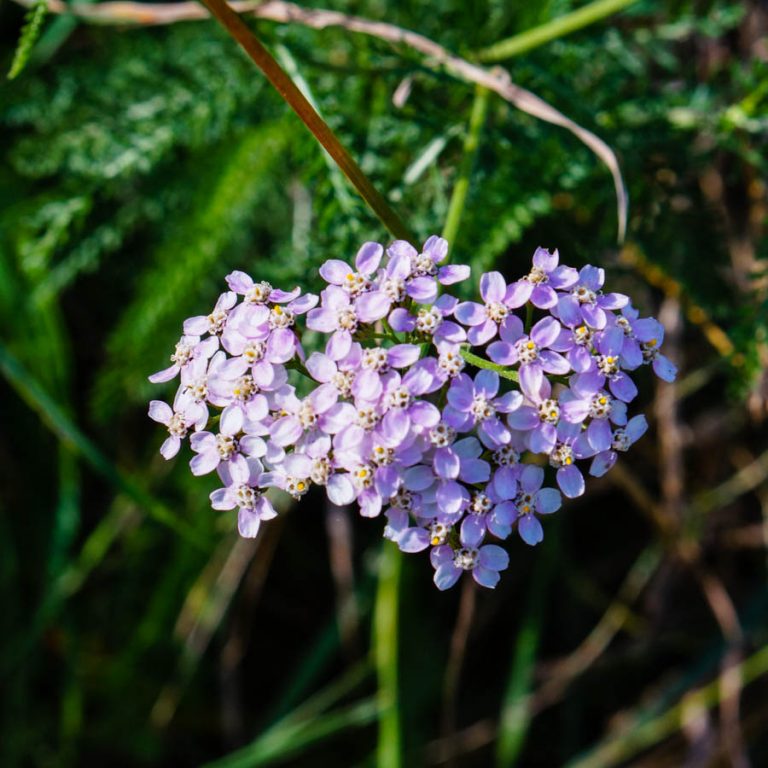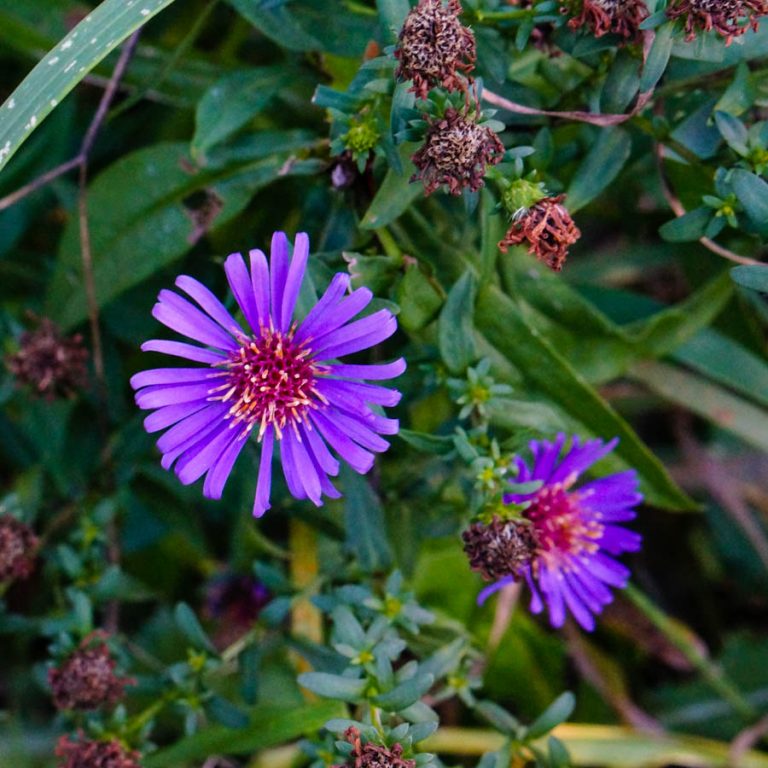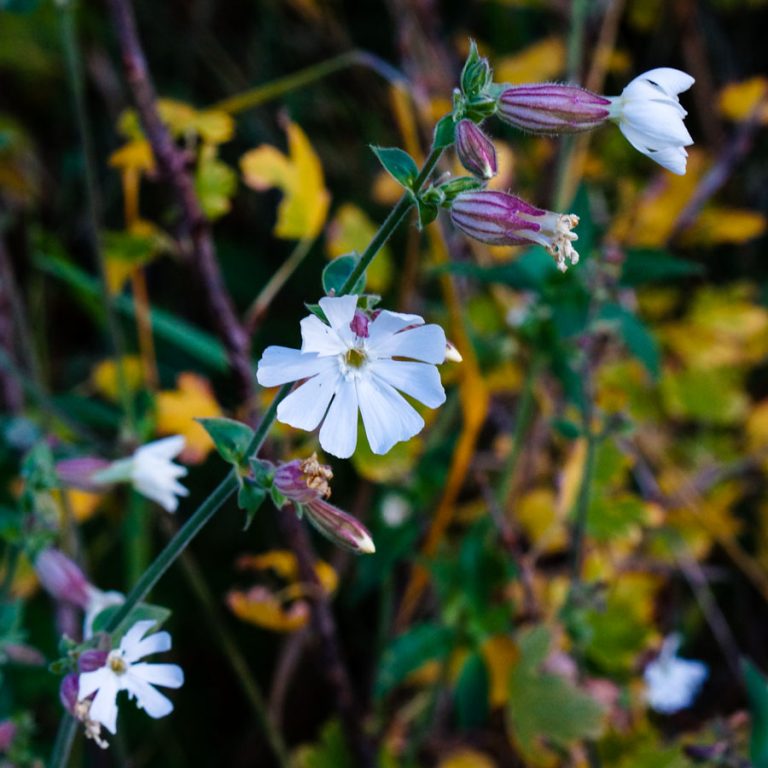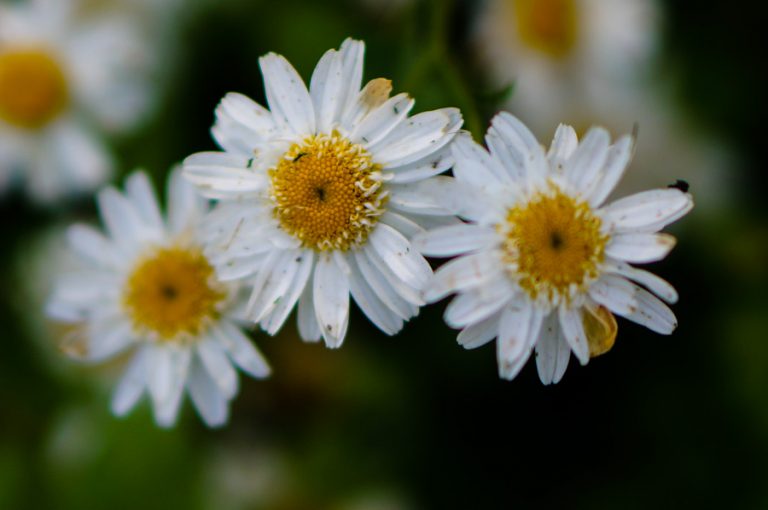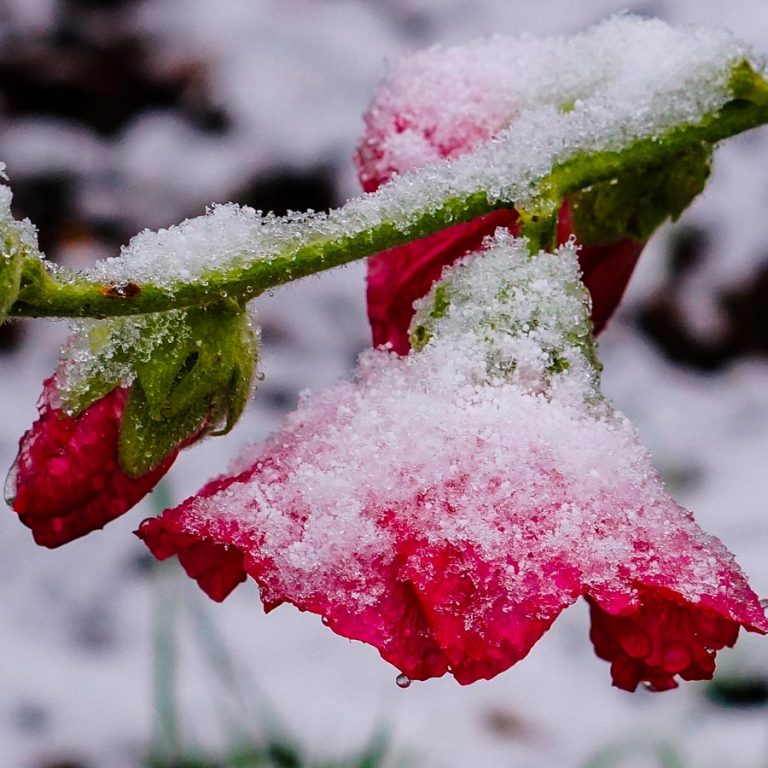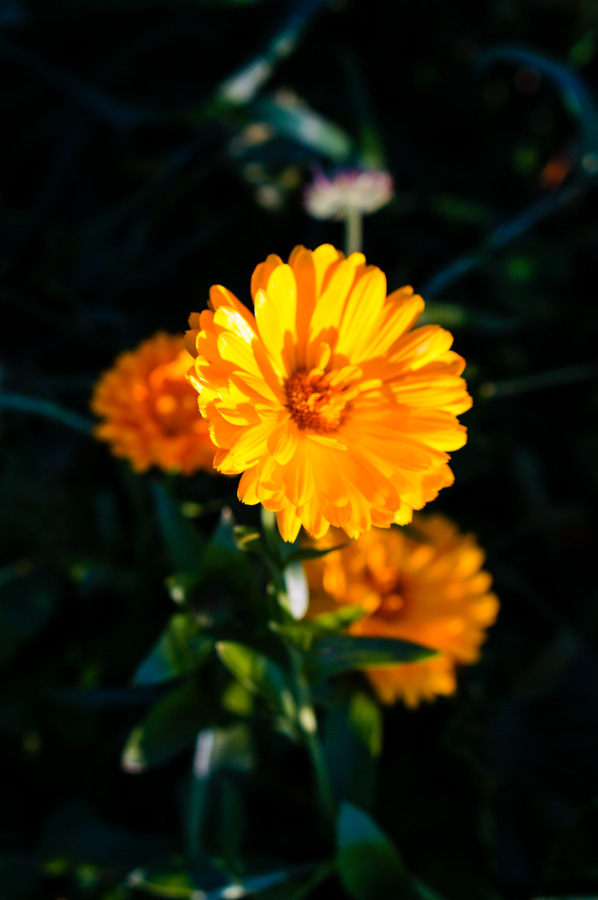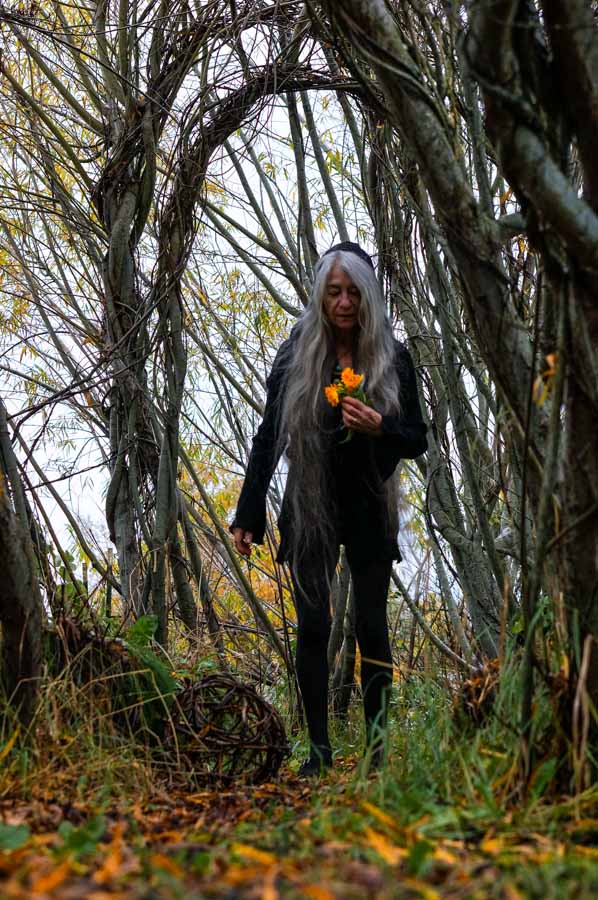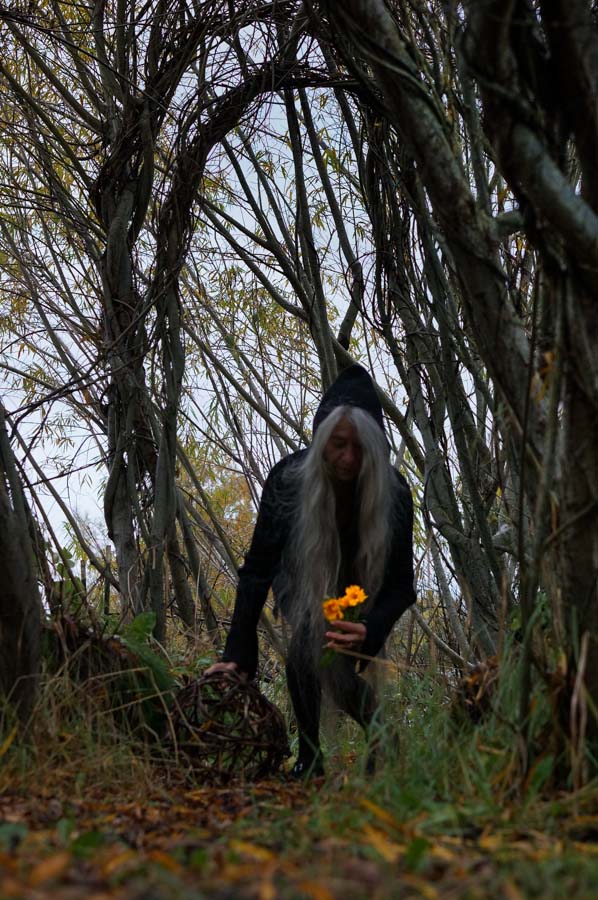An Autumn Garden Inventory
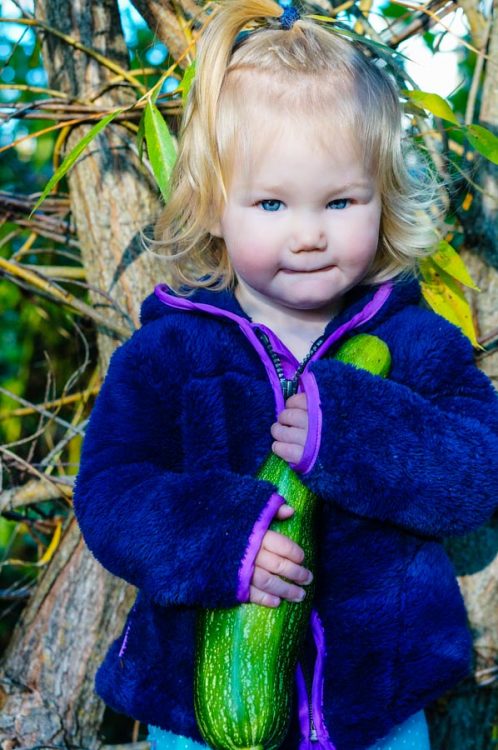
We now turn the corner into November. Thank goodness we got all the tomatoes and zucchinis harvested! How could there be such a difference from one day to the next? We can feel the change in the air. The wind is picking up and tossing the leaves. I stop to watch them float gently to the ground where they will feed the soil. We are privileged to witness this great wheel of life, and yet, there are so many plants still blooming, still clinging to these final rays of sunshine before the deep cold sets in. It is a good moment to walk through the garden and see what we might find.
Autumn Blooms
Fall flowers are so very important to the honeybees and other pollinators; I try to make sure there are plenty of blooms at either end of the summer frenzy spectrum, times when food for them can be sparse. Spring and fall pollen and nectar can make a critical difference in survival.
There are those blooms one would expect to find at this time of year: smiling asters, costmary, with its heady balsamic fragrance, the Korean mint, the Mexican sunflowers and their kin, the sunchokes. Perennials often bloom later in the year, because they are in no hurry to set seed to procreate, so I focus on those, but many quick annuals seed and live to re-seed again, for example, the phacelia and sweet blue borage, which are always bee magnets.
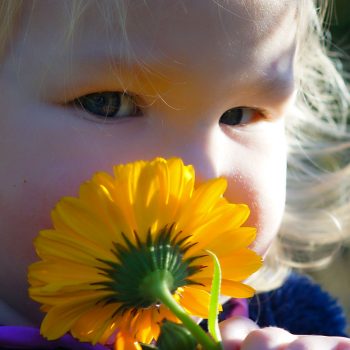
Then there are those that always stand out: the big bold purple blossoms of artichokes, beebalm (also known as wild oregano or monarda), the tall spikes of hollyhocks, and sunny, healing calendula – these are most obvious and are close friends. But if you look closely, there are many more, some of which are making a second go-around: alyssum, comfrey, dianthus, echinacea, hyssop, and even a few spikes of late-blooming lavender. And then there are those that just don’t stop: red clover, feverfew, reliable kale, mustards, and other brassicas left to go to seed, wild mallows, nasturtiums, oregano, sage, violas, wallflowers, and yarrow…. Such powerhouses!
Fall Fruits
In other areas of the garden, the apples are off the trees, but I am amazed at how many fruits are still available. The American highbush cranberries, which look like little red holiday ornaments, rosehips of many varieties, beach plums, which resemble grapes or maybe a large blueberry (with a pit), the deep crimson Cornelian cherries, clusters of tart autumn olives, elders, blackberries, the unusual strawberry tree (Arbutus unedo) fruit, which is completely different from the tiny alpine strawberries (a special treat), and even a few raspberries that are making a second offering. The shrubs of native red flowering currants are simply loaded, as are the mahonia, also known as Oregon grape. This is our first year for quince, and they are huge! I was told to harvest them when they fall, but I don’t think I should wait that long. Some are splitting open, they have grown so fast. The medlars look rustic on the branches but have not yet fallen for collecting. Once we bring them inside, we will let them “blet,” or soften, and then turn them into jams, wines, and vinegars. Yum. I love the fall.
For the Birds
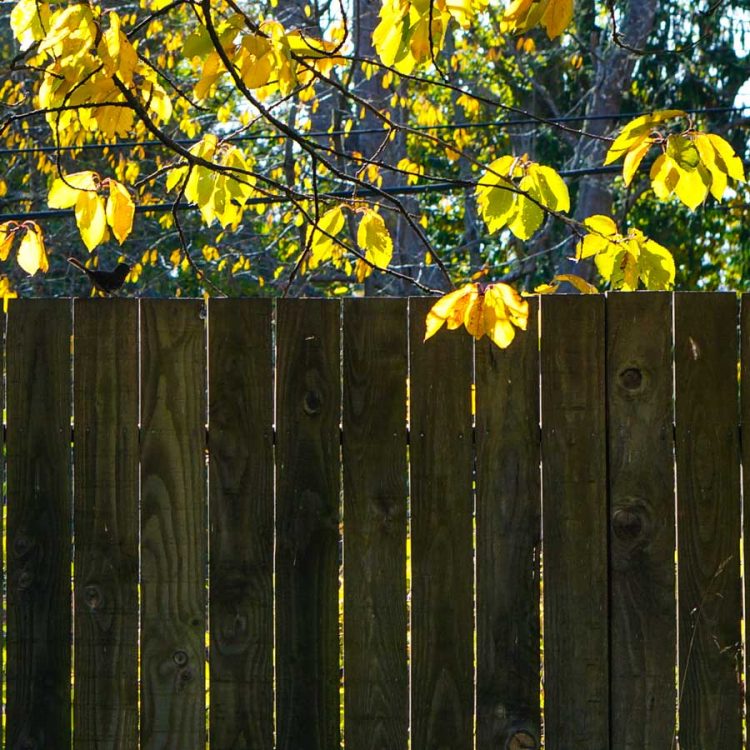
The sunflowers droop their heavy heads and humbly offer seeds to little birds. I must make a note to plant more of them in front of our living room windows where we can watch the antics of chickadees, finches, and sparrows. The purple goosefoot, a chenopodium species and member of the lambsquarter and amaranth family, produces a copious amount of seeds (which they will scatter freely if you let them). They can be threshed and used for flour or seedcakes, but I generally save them for the birds (and at the price of birdseed, the more I can grow for them, the better!)
Veggies
Of course, there are lots of greens: the chard and kale predominant, but also a new flush of chickweed for fresh salads. Dandelion, sorrel, and lambsquarters are also up for grabs. Beets and their greens provide a welcome nutritional boost right when our stores are getting low. Potatoes, sunchokes, and scorzonera round out our root harvest. I know I could grow many more, but our clay soil and local vole populations make them difficult crops. I don’t spend a lot of time growing annuals, which require a lot of pampering. I grow a few of our favorites – salad greens, tomatoes, squashes, garlic, and a few hard-to-find veggies – and then we support the local farm down the road, which grows annuals much more efficiently than we do.
Herbs
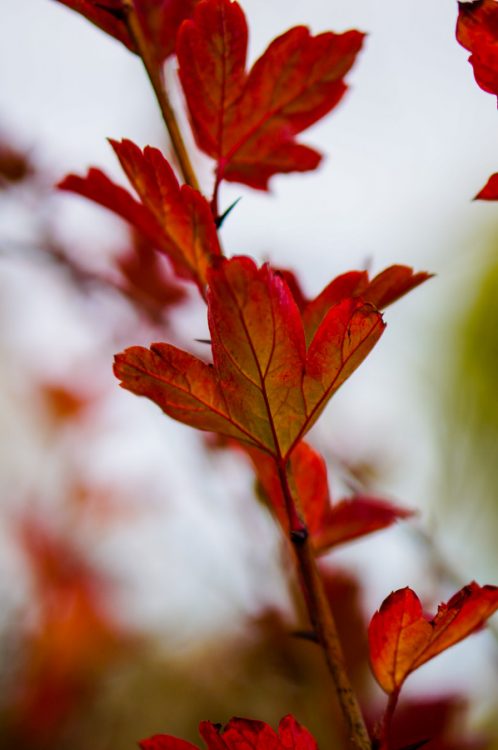 Many herbs can be harvested before winter sets in: rosemary, sage, oregano, thyme. I especially like the sage and rosemary combined with Doug Fir tips in a woodsy wintery tea. The garlic was harvested mid-summer and new cloves of our favorite varieties were recently tucked into their beds and covered with a light straw blanket. And then there is the horseradish: we will always have way more than we need. Their large leaves lay flat like they were hit by a flood. I keep them under control by sandwiching them between the seaberries and the gooseberries, which are strong shrubs that hold their own. After it frosts a bit more, we will harvest a few roots for grating and for Fire Cider.
Many herbs can be harvested before winter sets in: rosemary, sage, oregano, thyme. I especially like the sage and rosemary combined with Doug Fir tips in a woodsy wintery tea. The garlic was harvested mid-summer and new cloves of our favorite varieties were recently tucked into their beds and covered with a light straw blanket. And then there is the horseradish: we will always have way more than we need. Their large leaves lay flat like they were hit by a flood. I keep them under control by sandwiching them between the seaberries and the gooseberries, which are strong shrubs that hold their own. After it frosts a bit more, we will harvest a few roots for grating and for Fire Cider.
More Autumn Wonders
As I walk about, I notice how many little mushrooms have sprouted about in the bark mulch. Hooray! This makes me happy. And everywhere there are the colors of autumn in yellows, oranges, reds, and browns.
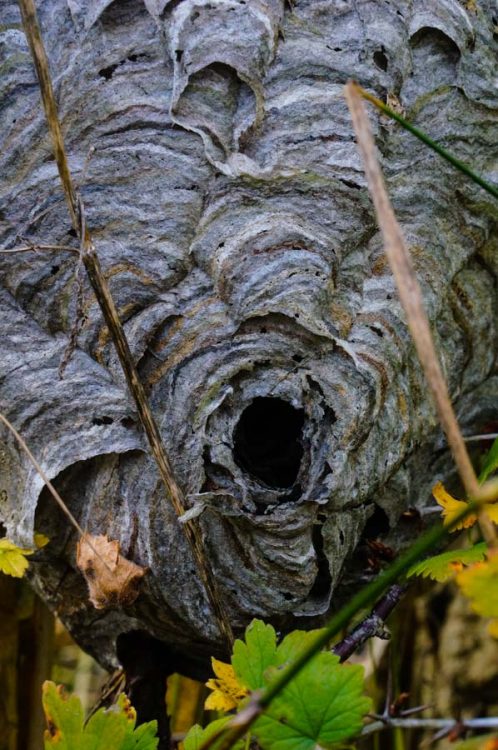
And as the leaves fall, other treasures are revealed, like the huge bald-faced hornets’ nest on the gooseberry bush. Oh my! Such an architectural work of art! I was amazed that all summer I would see them but never found their nest until now, it was so well hidden.
And….well, it IS November already, after all…
I listen to the little birds chittering in the willows. They follow my wanderings. I hope I have provided plenty of food for them and a safe haven for the winter. The bees appear to be tucked in and well-prepared. I did not raid their stores. The forecast is for upcoming rains, more wind, and possibly even snow. We have to choose carefully those days when we can still hang out the laundry, and I see I have once again miscalculated. Perhaps it was wishful thinking. No matter.
These early days of November, when the temps are invigorating and the weeds pull up so much more easily; these days when the geese fly overhead in such huge flocks and call so loudly that you just have to stop and look up; these crispy damp mornings when the fog rolls in across the fields and hugs the earth in a spooky mist; when the sky is a dark pewter grey, and the copper leaves still clinging to the trees stand out even more boldly; when the sun sets the clouds ablaze as it bids adieu to the horizon. I say this about every season, but yes! Autumn is my favorite time of year. The early evenings are most welcome. We settle in and count our blessings.
We are at the full moon and at a turning point midway between the Equinox and the Solstice. We now enter the darkest part of the year. It is a time of cold and drizzle, true, but a light shines wherever there are warm fires, when we can spend time with family and friends, and when we have gratitude for another wonderful year in the garden. Best wishes to all as we move toward the Yule tide, when the days become longer once again.
In the tunnel of the willows, the calendula almost seems to glow in the dark. We will put this very special plant in a safe place. Thank you.
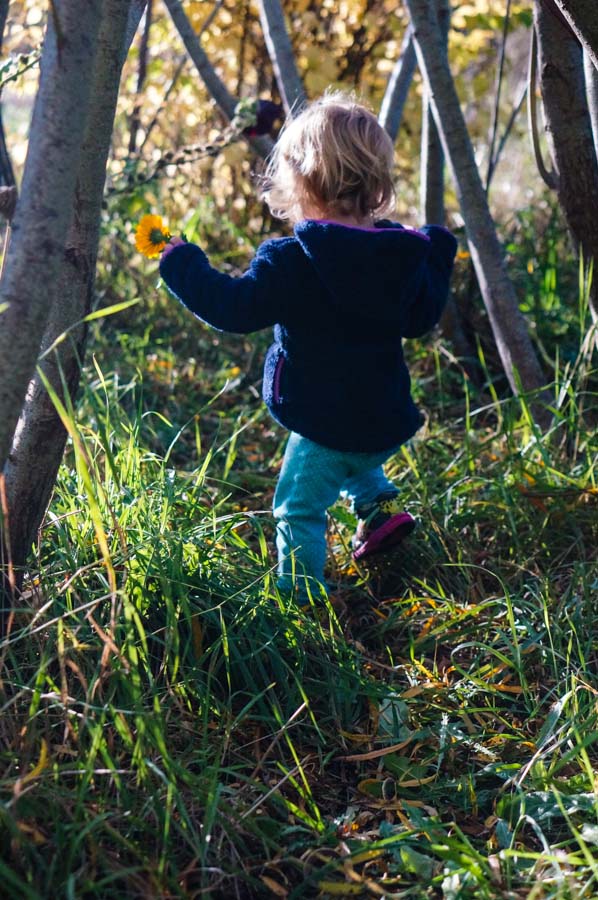
Bye, now! Thanks for visiting!
~ * ~
Want to see more pictures of the garden throughout the year? See our November Garden Gallery Page and other pages at Barbolian Fields’ Garden Galleries.
